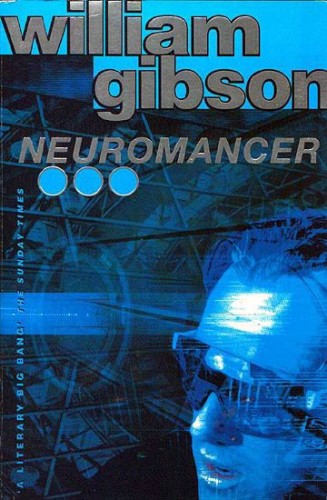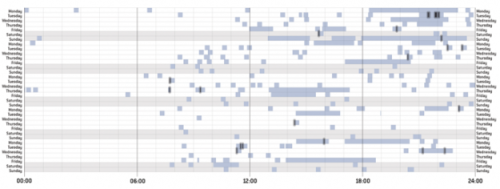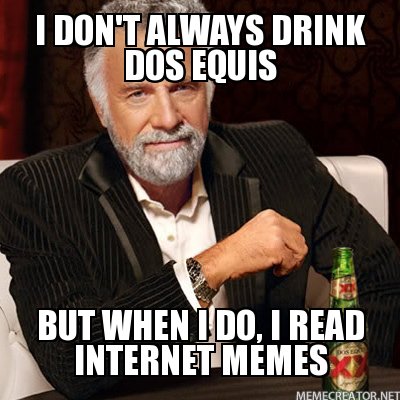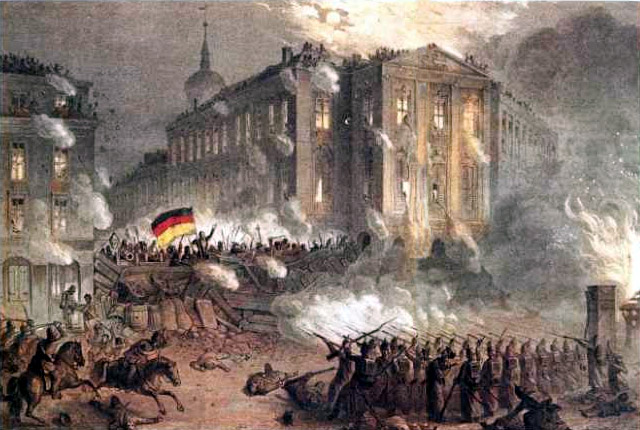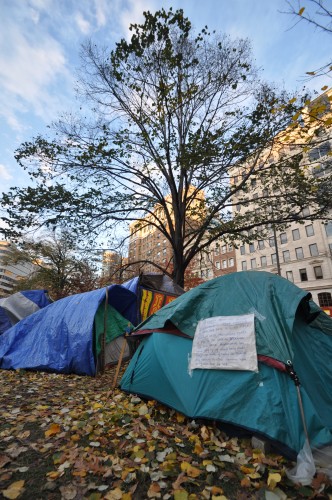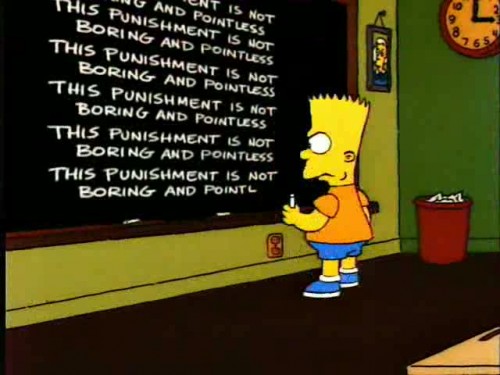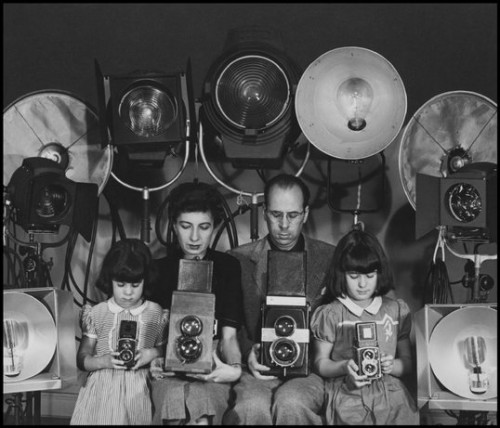Reposted from Peasant Muse.
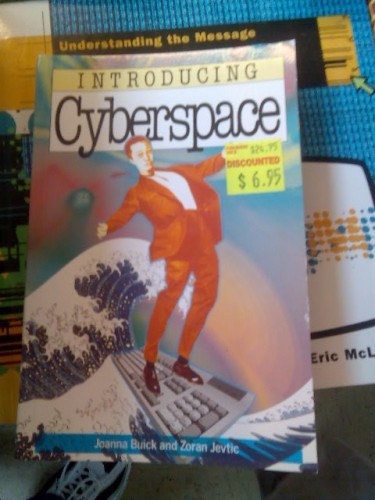
What does the term ‘cyberspace’ mean? Does this Gibsonian construct adequately fulfill the task, currently asked of it by many, of defining the digital/physical realm interaction in terms of its scope and function?
Attempts to frame new social interactions spurred by digital innovations in communication, documentation and self-actualization (just to name a few) generally encounter problems of word choice when describing the effects these advancements bring to our growing conceptions of reality. Literary terminology, often built upon antiquated notions reconfigured to suggest a potential or future state of being, sometimes suits the purpose of analogy when looking at these phenomena. Yet there always comes a time when our understanding of an event or construction of reality demands that we re-evaluate our word choice, lest our future analytical efforts be hindered by its, perhaps, outmoded or misleading operation. PJ Rey and the internet persona known as Mr. Teacup produced just this sort of re-evalutation of the term mentioned above, cyberspace, through two excellent pieces titled ‘There is no Cyberspace‘ and ‘There is Only Cyberspace’, respectively written.
PJ Rey argued that the term cyberspace, first coined by William Gibson in the short story ‘Burning Chrome’ and defined as a ‘consensual hallucination’, is deeply problematic in describing our contemporary social web because the web is neither consensual nor a hallucination. Thanks to the ubiquity of smart phones, pervasive documentary practices (something Nathan Jurgenson calls the ‘Facebook Eye‘) mean that even if someone does not participate in the social web their actions are nonetheless captured by it to some degree, thus shaping our actions on the individual and societal level. Many of us cannot control the degree to which this ‘Facebook Eye’ documents our actions (Could you stop every friend from making comments or posting pictures of your embarrassing moment from last week’s party? What about last year’s party?) making the web far from a consensual space. In many ways, because the web is not consensual it is also not a fantastical or a hallucinatory space either. It is a part of reality- the web is as real as reality itself. Actions taken offline impact online relations and vice-versa, allowing Rey to state that, “causality is bi-directional. We are all part of the same human-computer system.” more...

